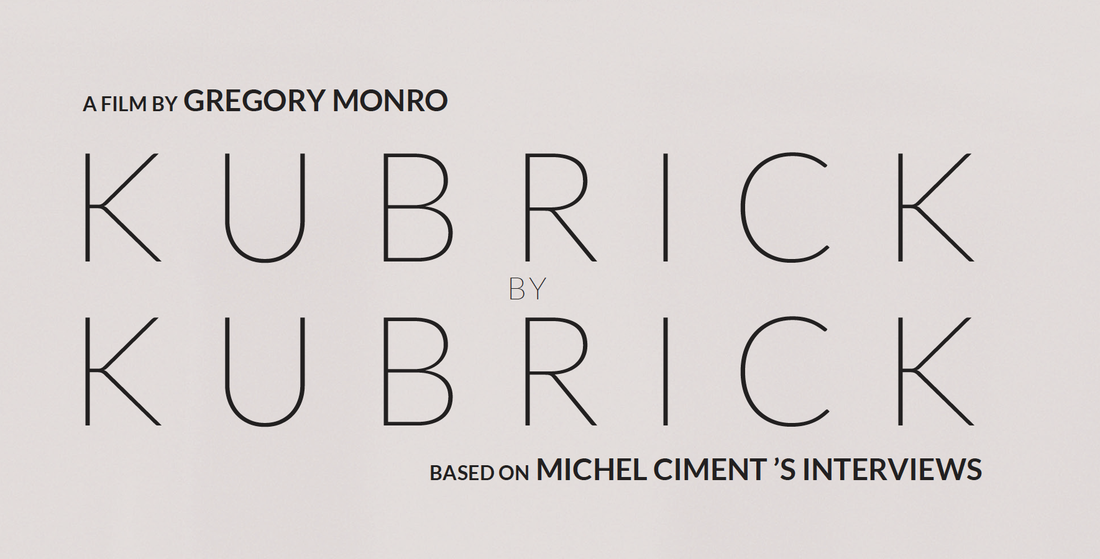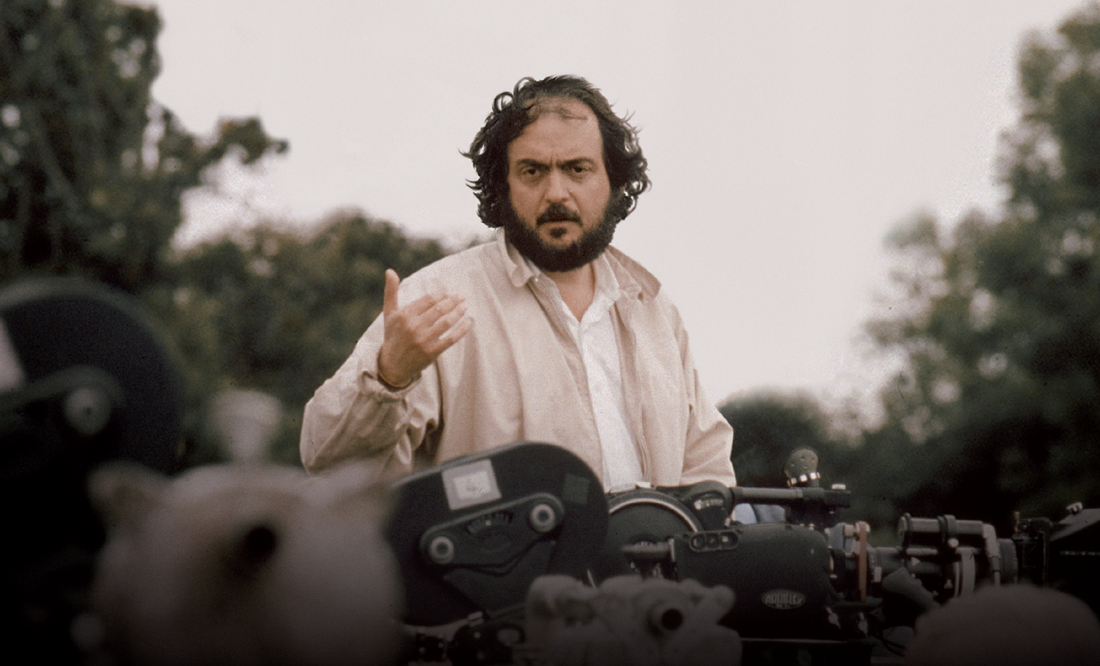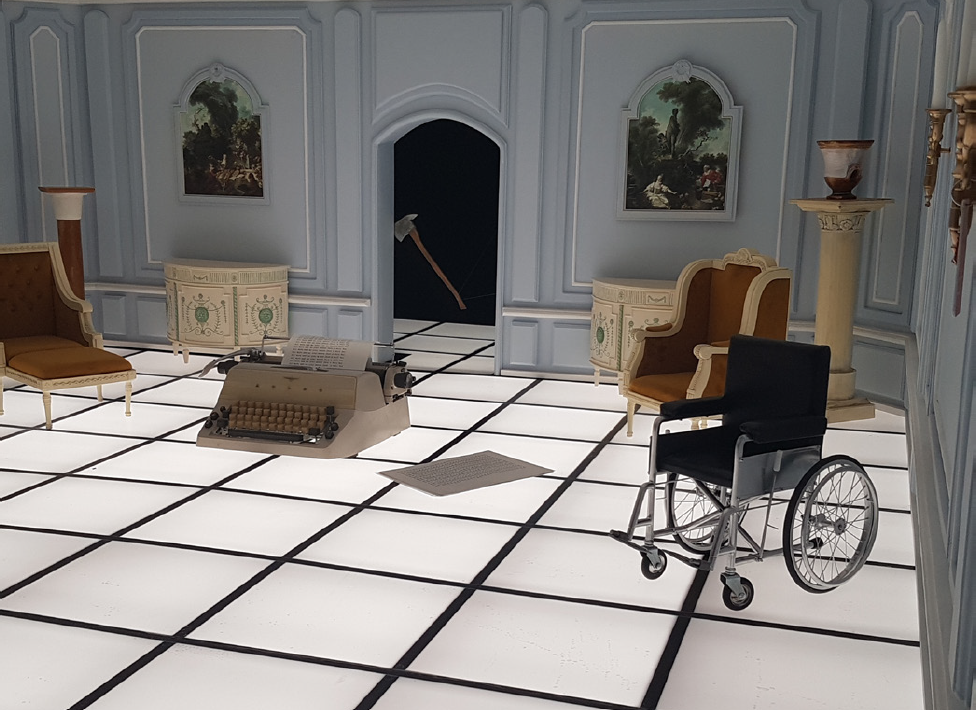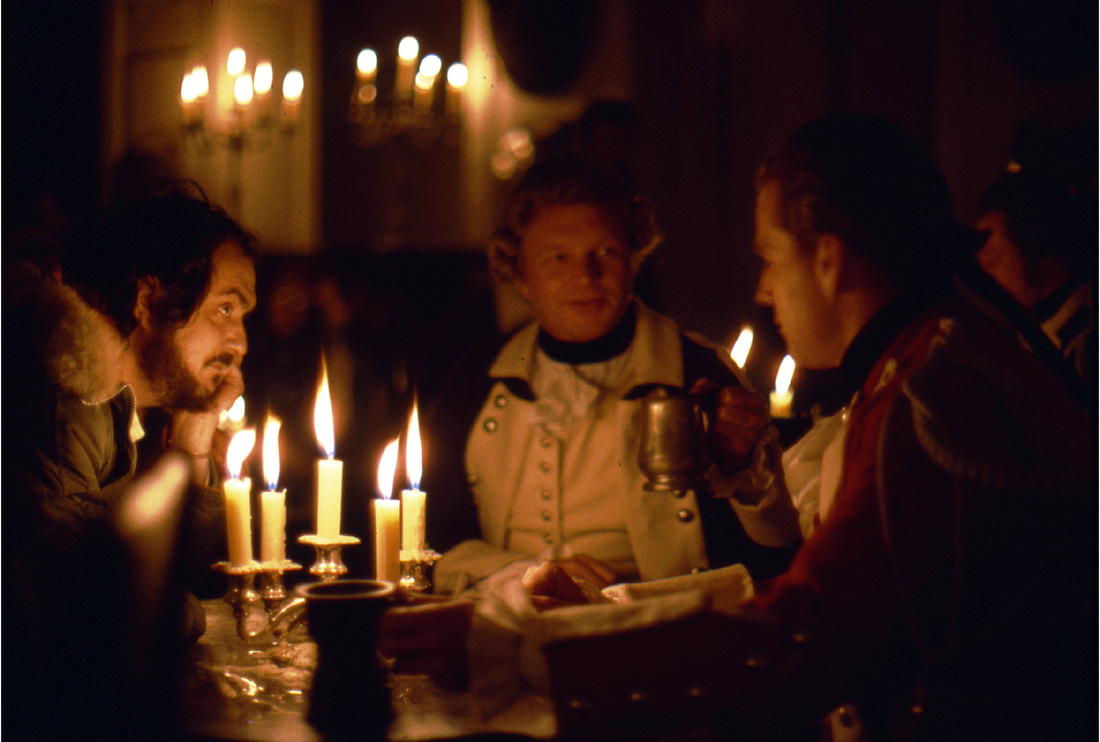Tribeca Premieres Documentary 'Kubrick By Kubrick' -- the Cinematic Master In His Own Words4/28/2020 Gregory Monro's film is based on series of interviews Kubrick gave to a French critic and author Director Stanley Kubrick seldom granted requests from journalists to discuss his work. Fortunately for cinephiles he did consent to speak with French critic and Positif magazine editor Michel Ciment, not just once but multiple times over the course of a 30-year relationship. Those interviews, recorded on audiotape, are the basis for the new documentary Kubrick by Kubrick, offering unprecedented insight into the cinéaste's artistic outlook. Gregory Monro's film premiered as part of the virtual edition of the Tribeca Film Festival (the physical event has been postponed indefinitely because of the coronavirus pandemic). "What is the point of making a new Kubrick film? That was my question. I think that's the question of a lot of people," the French-born Monro told me by Skype from his home in Paris. "This is the first film where you hear Kubrick himself, where you have his viewpoints not only on cinematography but also on man or on humanity. That's very important." I wanted to humanize Stanley Kubrick. Not demystify, but humanize. Kubrick remains an elusive figure, in part because he never repeated himself as a filmmaker. His films varied enormously in terms of genre: sword-and-sandal epic (Spartacus), black comedy (Dr. Strangelove), period drama (Barry Lyndon), science fiction (2001: A Space Odyssey), futuristic dystopian (A Clockwork Orange), horror (The Shining), war movie (Full Metal Jacket), to cite some of his work. His films were not auteur-driven, with the possible exception of his last movie, Eyes Wide Shut, obscuring the director's hand. Ciment offers a psychological reading of the dynamic in many of Kubrick's films, between "surface civilization" and the "uncivilized subconscious." This is perhaps most evident in the character of Jack Torrance (Jack Nicholson) in The Shining. A related theme, violence -- both of the personal kind and its counterpart in state-sanctioned or state-organized brutality -- is seen in A Clockwork Orange, Full Metal Jacket and in The Shining, which gestures toward the genocide of Native Americans. "[Kubrick] talks about his general themes" in the documentary, Monro notes. "People say he was pessimistic but he would answer... that he had a realistic view -- of course maybe pessimistic -- but he wanted to be as realistic as possible in his movies about the world in which man was living. Of course, it's a dark vision of humanity." A great menace lurks in many of Kubrick's films, for instance in the eerily controlled though malevolent voice of Hal, the computer, in 2001; looming humiliation and portents of ritualistic sacrifice in Eyes Wide Shut, the threat of anarchic violence in A Clockwork Orange, the supernatural dread in The Shining; in a more comedic vein, the possibility of nuclear annihilation animates Dr. Strangelove. "I don't know what led me to make any of the films I've made, really," Kubrick tells Ciment in the documentary. "When we did the interviews, [Kubrick] would speak very candidly about his craft. But he never wanted to analyze himself, which I think is a characteristic he shared with many Central European Jewish directors I’ve met — from Fritz Lang to Otto Preminger to Milos Forman," Ciment notes in an interview released in conjunction with Kubrick by Kubrick. "There’s a refusal to go into self-analysis, even though I’m sure they’ve all read Freud and that Freud influenced their work. They preferred to talk about the films themselves, about actors and screenwriting and editing and photography, and that was certainly Kubrick’s case. What most struck me about him was how he never tried to obfuscate anything. He would always ask if his answers satisfied me, if he’d fully responded to my questions." Kubrick is a satirist. One must never forget that. Kubrick by Kubrick examines the director's feelings about his most misunderstood film, A Clockwork Orange. Kubrick requested the film be withdrawn from distribution in his adopted United Kingdom, after he faced criticism from those who viewed it as an endorsement of violence. Those critics missed the point, Monro says. "Kubrick is a satirist. One must never forget that. Dr. Strangelove or even A Clockwork Orange is a satirical film," he states. "That's why it wasn't very well praised at the time — people didn't see that. They only saw the violence. Of course, it's very violent, but it's not pro-violence at all. It's a satire of the society at that time and how you control violence and do you control violence by violence? That's still [a question] today. How do you control violence? It's very profound. It's a real Kubrick theme." To knit the film together, Monro recreated the evocative doorless Louis XIV-era bedroom seen at the end of 2001: A Space Odyssey, stocking it with props from Kubrick films including the typewriter from The Shining. "We had a Polish co-producer and we went to Warsaw to a studio there and built the set," Monro reveals. "We shot it there last September." Periodically throughout the documentary Monro takes us back into that room; sometimes posters of Kubrick films hang on the walls, or a vintage TV set plays archival material. "I needed to find a way, okay, how am I going to symbolize Kubrick's mind or spirit? And the 2001 room really popped up very quickly," Monro explains. "Because it's a real mystery in the history of cinema, of movies, the 2001 room has really been questioned by millions of people, 'What is the meaning of that room?' It's very secret, it's very mysterious. So I said to myself, why not set up my narrative in that room as if the room was coming up again to life and it also symbolizes to me Kubrick's psyche... You enter that room, you're into his mind, you hear what he has to say." Related: |
AuthorMatthew Carey is a documentary filmmaker and journalist. His work has appeared on Deadline.com, CNN, CNN.com, TheWrap.com, NBCNews.com and in Documentary magazine. |
- Home
- News
- Videos
-
Galleries
- 2019 Tribeca Film Festival
- Full Frame Documentary Film Festival
- 2019 SXSW Film Festival
- SXSW 2018 Gallery
- 2019 Sundance Film Festival
- Outfest 2018 Photo Gallery
- Outfest 2017
- Sundance 2018 Photos
- 2017 LA Film Festival
- 2017 Cannes Film Festival
- Tribeca Film Festival 2017
- SXSW 2017 Gallery
- 2017 Berlin Film Festival
- Sundance 2017 Gallery
- 2016 Los Angeles Film Festival
- Cannes Film Festival 2016
- SXSW 2016 Gallery
- Berlinale 2016 Gallery
- Sundance 2016 Gallery
- Filmmaker Gallery
- About
- Contact
Proudly powered by Weebly
- Home
- News
- Videos
-
Galleries
- 2019 Tribeca Film Festival
- Full Frame Documentary Film Festival
- 2019 SXSW Film Festival
- SXSW 2018 Gallery
- 2019 Sundance Film Festival
- Outfest 2018 Photo Gallery
- Outfest 2017
- Sundance 2018 Photos
- 2017 LA Film Festival
- 2017 Cannes Film Festival
- Tribeca Film Festival 2017
- SXSW 2017 Gallery
- 2017 Berlin Film Festival
- Sundance 2017 Gallery
- 2016 Los Angeles Film Festival
- Cannes Film Festival 2016
- SXSW 2016 Gallery
- Berlinale 2016 Gallery
- Sundance 2016 Gallery
- Filmmaker Gallery
- About
- Contact







 RSS Feed
RSS Feed